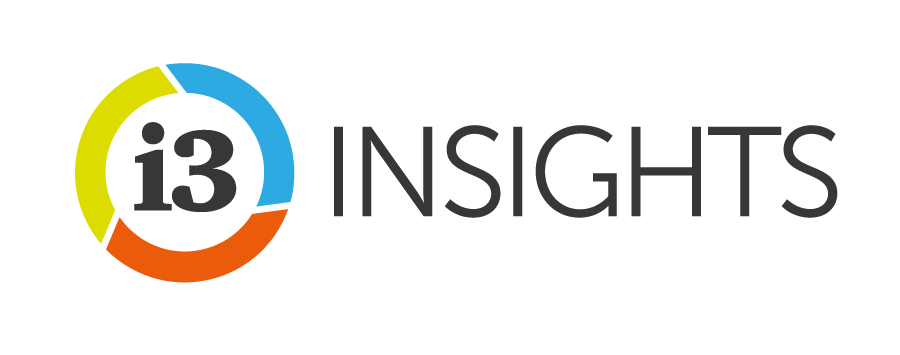What is the Risk-free Rate?
Although Papua New Guinea (PNG) has never defaulted on its debt, the country’s credit rating is not great. Hovering somewhere around single B, depending on the assessing agency, its rating is similar to the likes of Kenya and Jamaica.
Combine that with a relatively small set of potential buyers of local debt and PNG’s government has to set high yields for its issuances.
This causes the rather unusual problem that PNG’s government bonds are unhelpful in determining the risk-free rate.
“With a five-year government bond yielding 12 per cent, what does that mean for the risk-free rate? The local brewery can borrow for a lot less than the government can,” David Brown, Chief Investment Officer of NASFund, says.
This imbalance causes issues in many asset classes because it means common methods for estimating value and determining risk no longer make sense.
“For example, what does it mean for your real estate portfolio? How do you work out what the capitalisation rate is?” Brown says.
“If you come from Australia, then you have the risk-free rate and they add on various premia. If you do that here, then you would come up with some ridiculous number in terms of the cap rate.
“So how do you calibrate risk when your bond market doesn’t really function in the way it measures risk compared to the way it works in a developed country. That has enormous consequences when you try to work out required hurdle rates for equities or for infrastructure projects.”


![Looking for Liquidity in PNG - Investment Innovation Institute [i3]](https://i3-invest.com/wp-content/uploads/2018/01/David-Brown-680-680x430.jpg)